Angora Rabbit
History of Angora rabbit breeds, from earliest history to
today around the globe, with pictures and descriptions of Angora wooled breeds.
The known history of angoras starts during the time of the Romans, according to www.angoras.co.uk. It is thought that the Romans kept, bred, and utilized Angora wool since at least 100 BC.
Angoras were established in Eastern Europe around 500 - 600 AD as best as can be determined, possibly brought there by the Romans. The tribes living in the chilly Carpathian mountains of Transylvania (between Romania and Hungary) maintained herds of captive Angoras, and bred them for their warm wool.
The tribes also had goats for their mohair fibers, but the
angora rabbit wool was infinitely more soft, warm and lightweight than the
mohair.
(BTW, the Romans had a large presence in the region for hundreds of years. Even today you'll find extensive evidence of Roman occupation throughout Europe, and an entire people-group called the Romansch living in Switzerland's mountainous Canton Graubunden. Their language, also called Romansch, is still spoken, and is one of 4 equally recognized languages in Switzerland.)
Angora rabbits were called Angolas for over a millennium, until as recently as the 1800's in some locales. 'Angola' was the word the Romanian tribes used to describe the rabbit wool. It meant "un-scratchy."
The Angora Rabbit has been highly prized from antiquity for its warm and lightweight wool
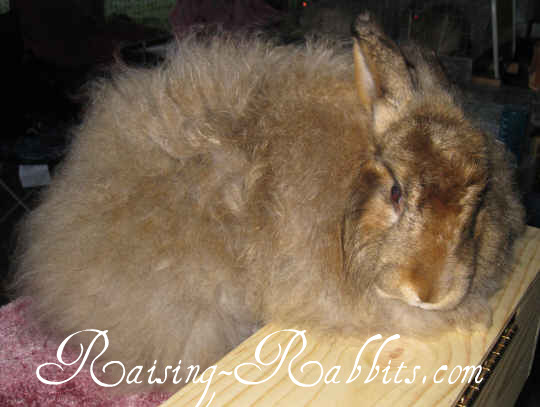 Faces without furnishings was common throughout angora history. This is a Satin Angora.
Faces without furnishings was common throughout angora history. This is a Satin Angora.Recent history picks up the Angora Rabbit trail in England, in the 1500’s.
- In the 1500’s, English law criminalized
the export of prized "English Silk Hares," as
Angora rabbits were called in England at the time. The restrictions lasted up
to 200 years.
However, England was the dominant world power at the time, with supremacy on the seas. English merchant ships sailed throughout the known world. It is not a stretch of the imagination to think that English Silk Hares could have been regularly smuggled out of England and sold in distant ports where the Crown presumably would not discover them. After all, these were merchant ships, out to make money. - The first angoras arrived in the south of France (Bordeaux) in 1723. English mariners brought them,
charging exorbitantly for each rabbit. Their story was that
the rabbits had been transported all the way from Angora, a province in Asia
Minor (Turkey), now known as Ankara.
Of course, Turkey could also have been home to angoras, since Roman influence had been widespread. It is also possible, given that the English had had Angoras already for over 200 years, that new generations of English mariners had no idea they were actually bringing to France the offspring of English Silk Hares that had been exported to Turkey up to 200 years prior. At France's ports of call, the mariners simply called the rabbits after Turkey's capital, Angora.
And from France, some of these newfangled Angoras, bred for many generations in far-away Ankara, were subsequently re-imported back into England.
Bunny Branola
The Ultimate Rabbit Wool Conditioning Supplement
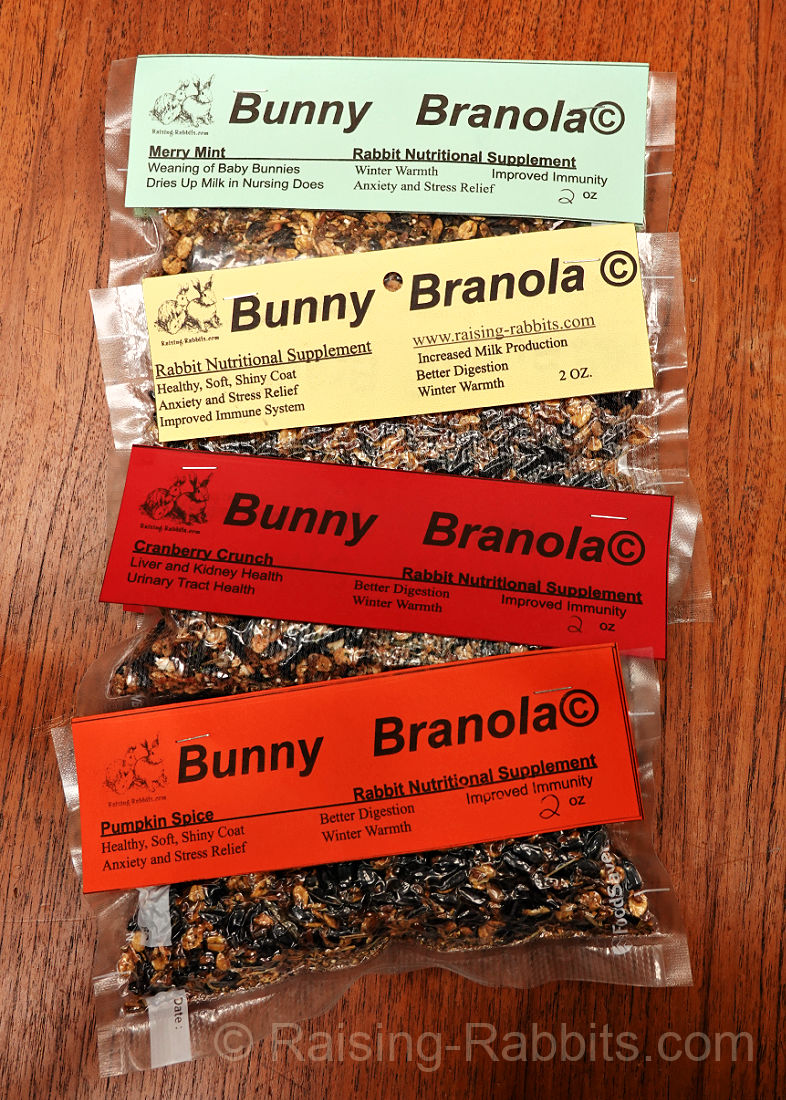 Bunny Branola is available in 4 delicious flavors year round: Original Classic (General Health) |
Bunny Branola is the ultimate rabbit wool conditioning supplement. Our specially formulated treat is all natural ingredients from Washington state. No dyes, preservitives, empty fillers, or other chemicals, just pure goodness. Order your rabbits' favorite, or get a variety pack! You pick the flavors! If you want to find out more about Bunny Branola, including the list of all natural ingredients click HERE. Helps reduce stress levels If you are ready to buy now, we have several sizes, just click the one you want. All prices include shipping. Sample: 2 oz - $7 |
- The French Encyclopedia of Sciences maintains that
Angoras got their start in Europe (France) in 1765. We're not sure how they
forgot so quickly about the rabbits arriving in 1723. Perhaps an official wool
industry got its start in 1765 in France.
- Nevertheless, the Angoras that began to populate Germany came not from France but from England around 1777
when Herr von Meyersbach imported them. A priest, Father Charles Mayer, was
instrumental in spreading the angoras throughout Germany and teaching farmers
how best to care for both the rabbit and the wool.
- The Prussian government
sponsored prizes for exceptional angora wool production in 1780-1781.
- Angoras were a pet of royalty in
France. The Queen of France, Marie Antoinette, kept pet angoras in
the palace. On October 5, 1789, both the rabbits and the queen met the same
end. Marie’s pet angora rabbits were brutally destroyed, and she too was
executed.
- The French fascination with angoras didn't stop
there. Napoleon, Emperor of France, supposedly commissioned
the creation of secret machines that could spin large volumes of wool. These
were discovered after WWI.
- There is evidence of Angoras in the United States as early as 1840. They were still called
Angolas in America at the time.
Any who saw angoras for the first time could immediately recognize the advantages of spinning the angora wool and making your own light-weight but
exceedingly warm garments. And with angora rabbits coming in small packages (as
compared, for example, to a mohair goat) that could be fed and cared for
easily, two things were bound to happen.
- Many folks wanted angoras, and the breed was dispersed
throughout England, France, Germany, Europe and later into the United
States.
- A new industry was instantly born. Enterprising souls now
had the ability to create an income for themselves, and others with the means
to do so created work for the entire neighborhood.
Until as late as 1965, France was the leader of raw wool production globally. China now produces 95% of the global wool supply.
Angora wool is warm. 100% Angora wool is almost too warm, and may not have enough body for some uses, since it is woven loosely. Since the 1700’s, the Angora fiber yarn has been offered as both 100% angora, but also as a blend with sheep wool and/or cotton fibers.
Also since the mid to late 1700’s, thanks to educational resources provided by Father Mayer, breeders have been improving their wool growth and output by castrating their wooler bucks.
All the pictures of angoras prior to 1880 show an angora with short smooth fur on the head and feet. Today’s French Angora most closely resembles the angora as it appeared through the ages, although perhaps with more extravagant fur due to years of selective breeding.
Origins of Various Angora Breeds
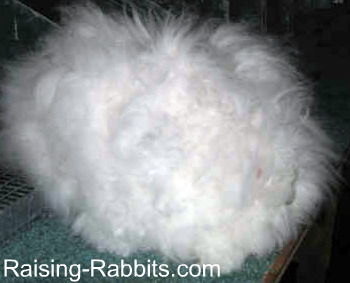 English Angora rabbit on a show table in the United States. If you look carefully, you can see one red eye and a nose on the right of the fluff.
English Angora rabbit on a show table in the United States. If you look carefully, you can see one red eye and a nose on the right of the fluff.The catalyst for differentiation through selective breeding might have been the Angora Rabbit Book of France, published in 1932.
The book showed French breeders how to selectively breed for desired traits.
As a result of selective and inter-breeding, we now have 8 distinct breeds of Angora rabbits, each breed having been developed carefully to a slightly different standard.
(If you want to count all wooled breeds, the number rises to 12 by including Jersey Woolies, Fuzzy Lops, Cashmere Lops and Miniature Cashere Lops.)
Here is the list of Angora Rabbit breeds in alphabetical
order. The title may link you to a page with more detail about the specific breed of Angora rabbit:
1. Chinese Angora
China is currently the number one supplier of raw angora fiber to the world. They developed the Chinese Angora, also known as the Coarse-Wool Angora in the late 1980’s by cross-breeding French and German Angoras with the White New Zealand rabbit.
Chinese Angora is about 15% bristle fiber. Compare this to
other Angora breeds that give at most 1.8% bristle fiber. The breed comes in REW
only, and weighs about
9 to 9 3/4 lb (4.1 - 4.4 kg)
2. Dwarf
Angora
By selecting smaller English Angoras and miniaturing with both Netherland Dwarfs and Polish, Mr. Joseph Born of Belgium produced "beautiful little fluff balls," according to Domestic Rabbits and Their Histories. Dwarf Angoras now come in several varieties and weigh between 1.10 - 1.75 kg (2 1/2 - 3 3/4 lb).
The breed is recognized in both Belgium and France, although
in France, the Dwarf Angora is a tad larger and comes sans cheek furnishings -
more a dwarfed French angora.
7. Mini English Angora
Norma Spencer of New Zealand is the crafter of the Mini English Angora, which is recognized by the Rabbit Council of New Zealand. Once again, this is a tiny version of the English Angora using Netherland Dwarfs to shrink the rabbit's frame.
Mini English Angoras can be found in every color the
standard English Angora comes in, and size can reach a maximum of 2 kg, or a
little under 4 1/2 lb. The breed is rare even in New Zealand.
A non-molting angora gene has been recently identified
It is possible to selectively breed for health. It is possible to selectively breed for body type.
And now, through selective breeding, a non-molting gene in angora rabbits has been teased into the light. It is unclear the exact origin of this gene, or whether multiple genes are responsible for non-molting coat characteristics.
Betty Chu, the renowned breeder of English Angoras in California, pioneered the selection process for a non-molting gene in English angoras.
As a result, says Donna L. Deter of D'Lynn Wooly Bunnies, Chu-bred rabbits can go 7-8 months with no special care, other than monthly 'bottom checks.' (Ms. Deter, in the past a German angora breeder, now breeds English angoras exclusively. Visit her website for fiber and other angora info.)
Get more non-molt details at:
Go from Angora Rabbit to Rabbit Breed Descriptions
Double-Value Guarantee
Our policy is to always OVER-deliver
on value,
which is why your purchase is fully covered by our
Double-Value
Guarantee.
Go ahead - take any of our e-books for a test drive. Peruse our detailed informational and educational e-books. Examine our plans for building rabbit cages, runs, or metal or PVC hutch frames. Check out the Rabbit Husbandry info e-books.
If you aren't completely satisfied that your e-book purchase is worth at least double, triple or even quadruple the price you paid, just drop us a note within 45 days, and we'll refund you the entire cost. That's our Double-Value Guarantee.
Note: When you purchase your
e-books, they will be in PDF format, so you can download them to any device that
supports PDF format. We advise making a back-up copy to a drive or cloud
account. If the books are lost, you can also purchase another copy from Raising-Rabbits.
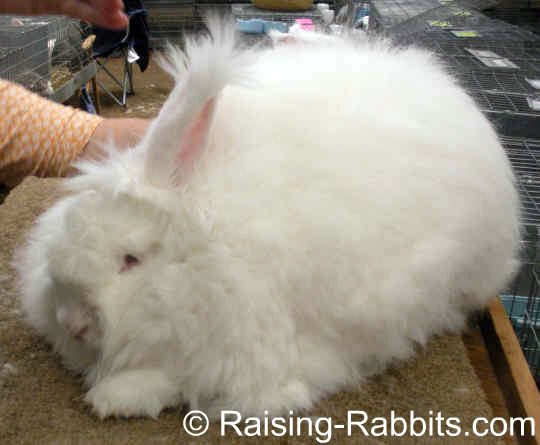
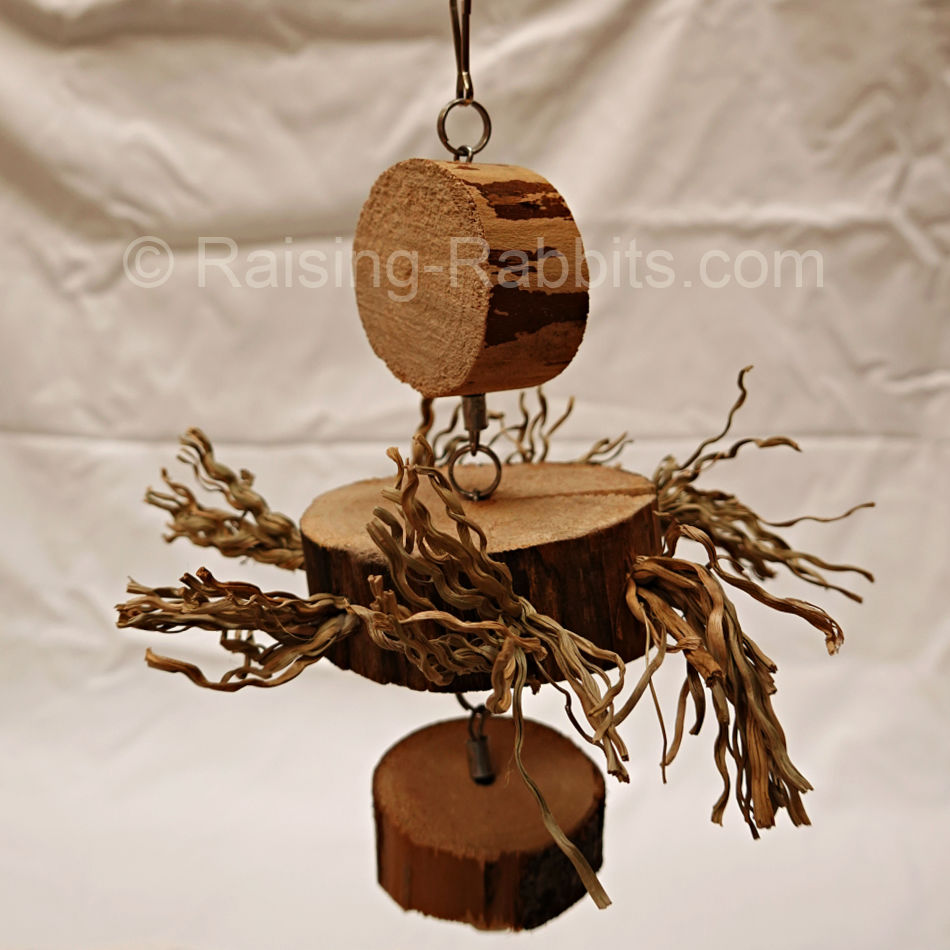
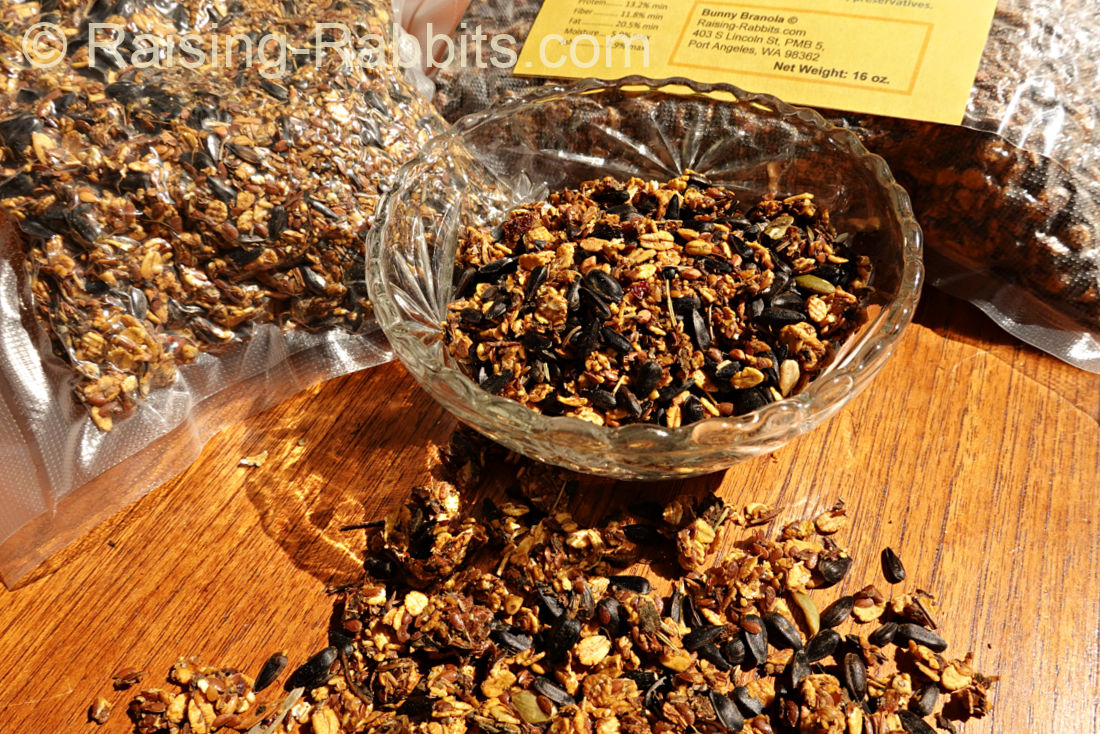
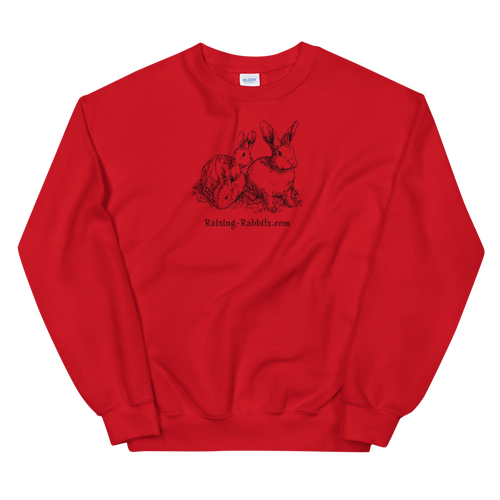
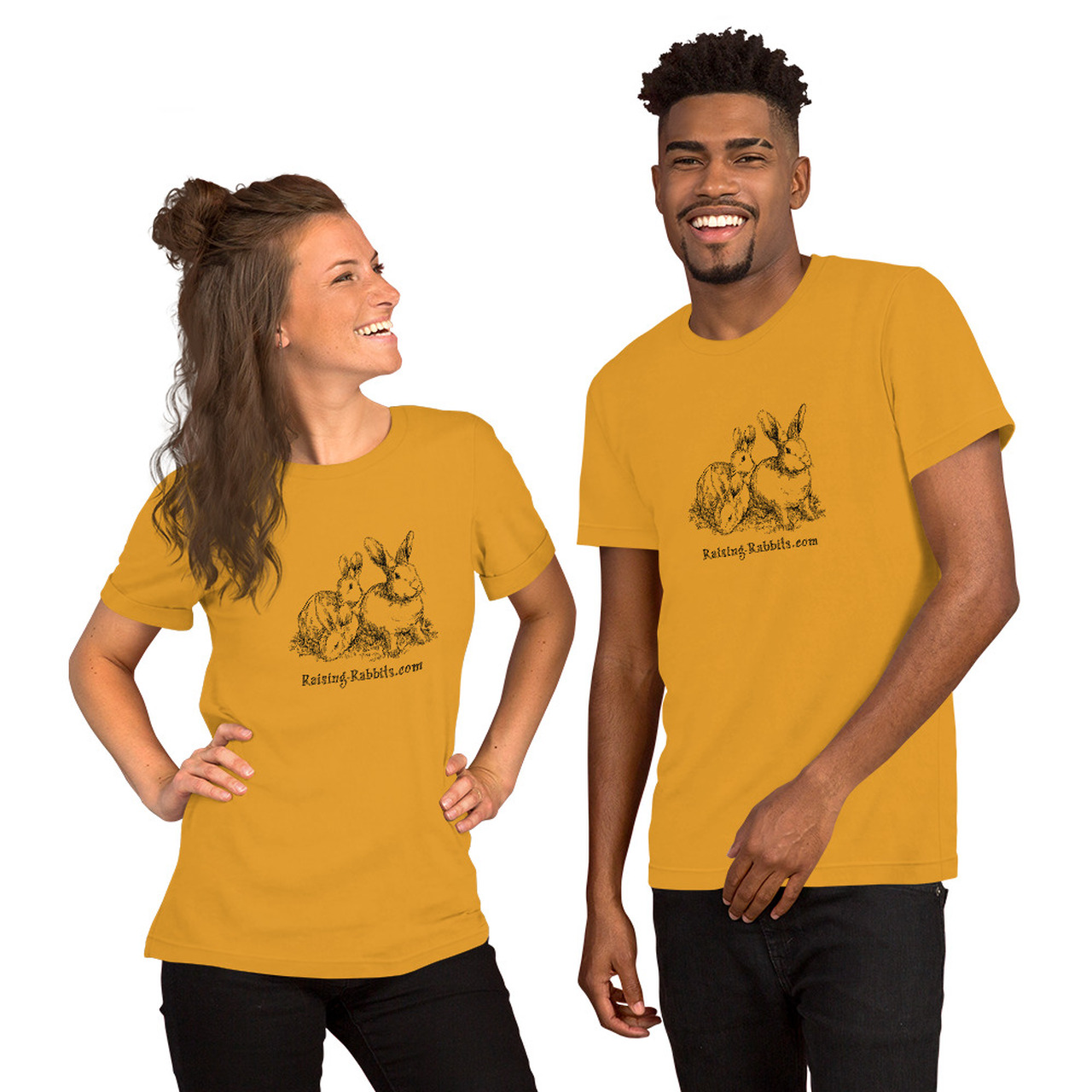
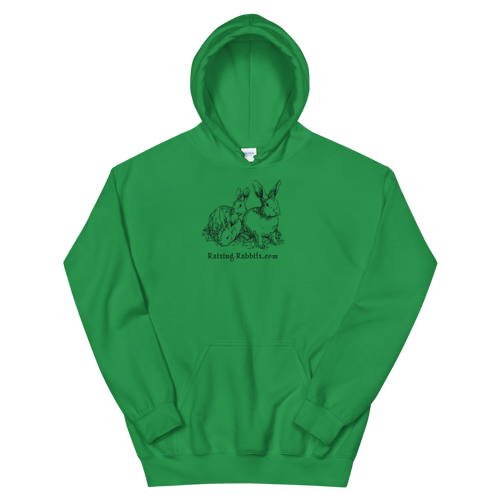



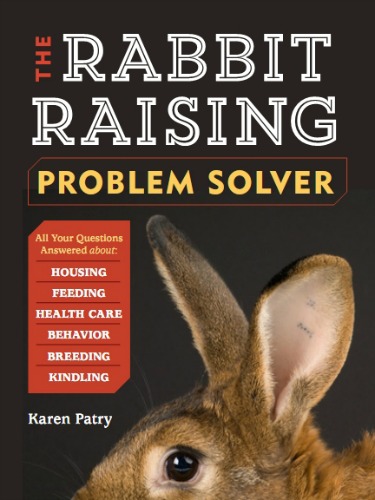

New! Comments
Have your say about what you just read! Leave me a comment in the box below.